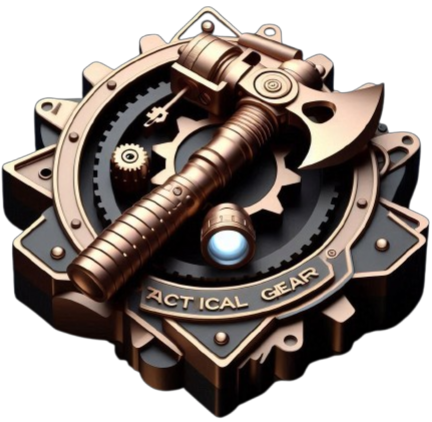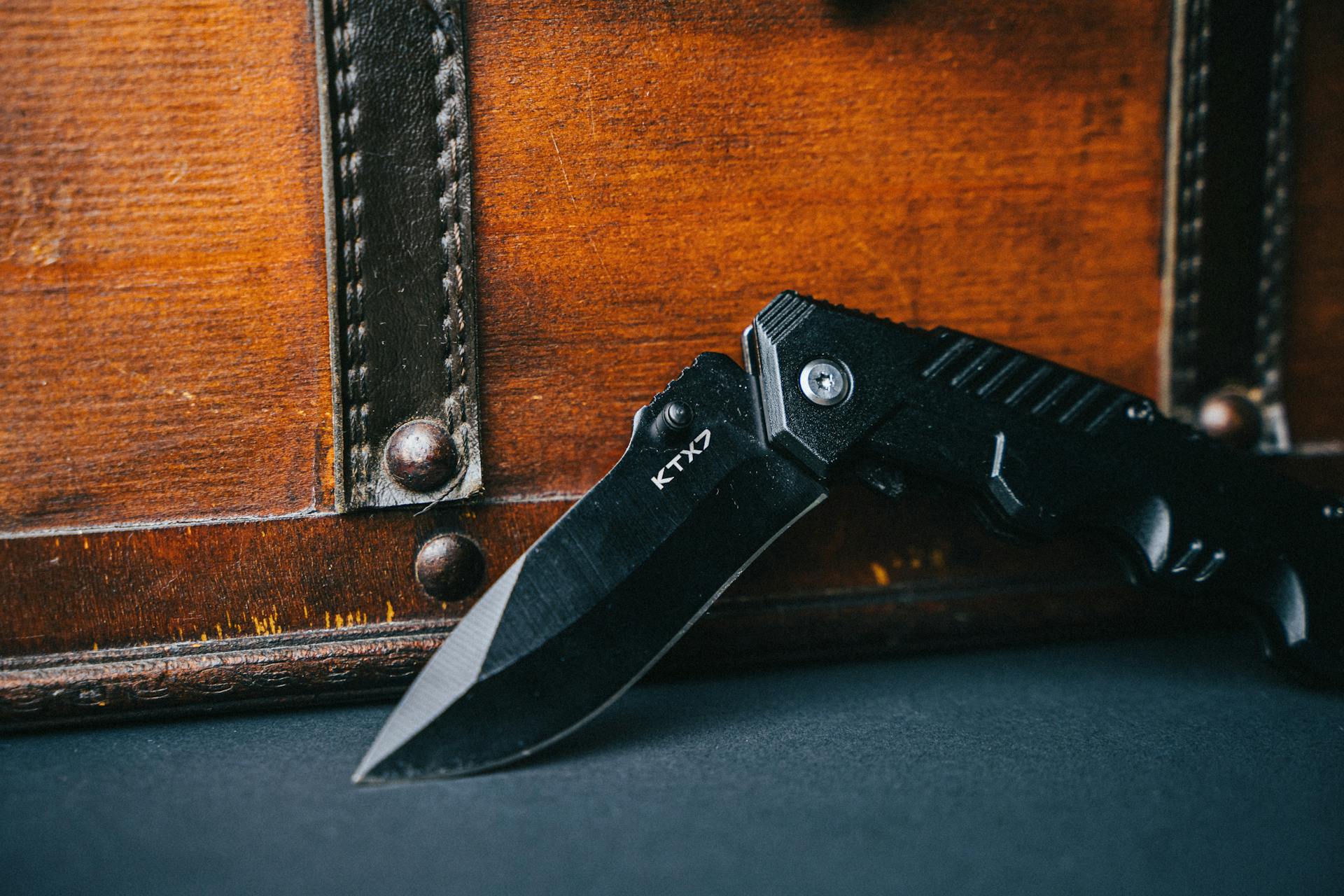Tactical knives are versatile tools, essential for outdoor enthusiasts, survivalists, and anyone who values preparedness. However, with so many options available, selecting the right blade for your specific needs can be overwhelming. This comprehensive guide will help you choose the best tactical knife for every situation and provide tips for maintaining your blade to ensure longevity and optimal performance.
Understanding the Types of Tactical Knives
Before delving into specifics, it’s important to familiarize yourself with the different types of tactical knives. Each style serves a unique purpose and comes with its advantages.
- Fixed-Blade Knives These are robust, durable knives with a blade permanently affixed to the handle. They’re ideal for heavy-duty tasks such as chopping, prying, or batoning. Fixed-blade knives are a must-have for camping, survival, or military applications due to their strength and reliability. However, they can be bulkier than other options and are best carried in a sheath.
- Folding Knives Folding knives feature a pivot mechanism that allows the blade to fold into the handle, making them compact and easy to carry. They are perfect for everyday carry (EDC), offering convenience for light tasks such as cutting rope, opening packages, or performing minor repairs. While they lack the sturdiness of fixed-blade knives, their portability makes them a popular choice.
- Multi-Tool Knives These knives combine a blade with additional tools, such as screwdrivers, pliers, and bottle openers. They’re highly practical for general use and are often favored by campers, hikers, and handymen who need an all-in-one solution.
- Tactical Karambits With a curved blade and ergonomic grip, karambits are specialized tools often used for self-defense and precision cutting. They are designed for control and maneuverability, making them a unique but less versatile option.
- Survival Knives These knives are designed for extreme outdoor conditions and feature durable materials and functional designs, often including features like serrated edges, fire-starters, or hollow handles for storing small items. They’re a go-to choice for survivalists and adventurers.
Matching the Blade to the Task
The next step in choosing a tactical knife is to match the blade type to the tasks you plan to perform. Here are some examples:
- Outdoor Adventures For camping, hiking, or bushcraft activities, a fixed-blade survival knife is indispensable. Its strength and durability make it suitable for tasks like splitting wood, building shelter, or preparing food.
- Everyday Carry (EDC) A folding knife is ideal for EDC, offering convenience and versatility for mundane tasks like cutting boxes, slicing fruit, or crafting. Ensure the blade length is legal in your area for pocket carry.
- Self-Defense If you need a knife for self-defense purposes, consider a tactical knife with a straight or partially serrated blade for quick, effective cuts. Karambits are also an excellent choice for those with proper training due to their ergonomic design and control.
- Emergency Preparedness In emergencies, a multi-tool knife can be a lifesaver. Its versatility allows you to perform a wide range of tasks, from cutting seatbelts to making repairs during a natural disaster.
- Precision Tasks For delicate tasks such as carving, slicing fine materials, or handling small items, choose a knife with a thin, sharp blade. Precision blades allow for better control and accuracy.
Key Features to Consider
When selecting a tactical knife, there are several factors to evaluate to ensure you’re choosing the best option for your needs:
- Blade Material The type of steel used in the blade significantly impacts its performance. High-carbon steel offers excellent durability and sharpness retention, while stainless steel provides corrosion resistance—ideal for wet environments.
- Blade Shape Blade shapes, such as drop point, tanto, and spear point, each have unique characteristics. A drop point blade, for example, is versatile and well-suited for general use, while a tanto blade excels in piercing tough materials.
- Handle Design A comfortable and secure grip is crucial. Look for handles made from durable materials like G10, rubber, or micarta, which provide excellent control and resistance to wear.
- Locking Mechanism (for Folding Knives) Ensure the knife has a reliable locking mechanism to prevent accidental closure during use. Popular options include liner locks, frame locks, and lock-back systems.
- Portability Consider how you’ll carry the knife. Fixed-blade knives require a sheath, while folding knives and multi-tools can be carried in pockets or clipped onto belts.
Maintaining Your Tactical Knife
Proper maintenance is essential to ensure your tactical knife performs well over time. Follow these tips to keep your blade in top condition:
- Regular Cleaning Clean your knife after each use, especially if it’s exposed to moisture, dirt, or corrosive substances. Use warm, soapy water and a soft cloth to wipe the blade and handle.
- Sharpening Keep your blade sharp with a whetstone, honing rod, or electric sharpener. A sharp blade is safer and more effective than a dull one.
- Lubrication Apply a light coat of oil to the blade and pivot points (for folding knives) to prevent rust and ensure smooth operation.
- Storage Store your knife in a dry environment, preferably in a sheath or protective case. Avoid leaving it in damp areas that can lead to corrosion.
- Routine Inspection Periodically check your knife for signs of wear, such as loose screws, chips in the blade, or a damaged handle. Address any issues promptly to maintain safety and functionality.
Choosing the right tactical knife depends on understanding your needs, the tasks at hand, and the features that best suit your requirements. By familiarizing yourself with the different types of knives and their applications, you’ll be better equipped to make an informed decision. Remember, a tactical knife is only as good as its maintenance—proper care will ensure it remains a reliable tool for years to come. Equip yourself with the perfect blade and embrace the confidence that comes with being prepared for any situation.


Leave a Reply